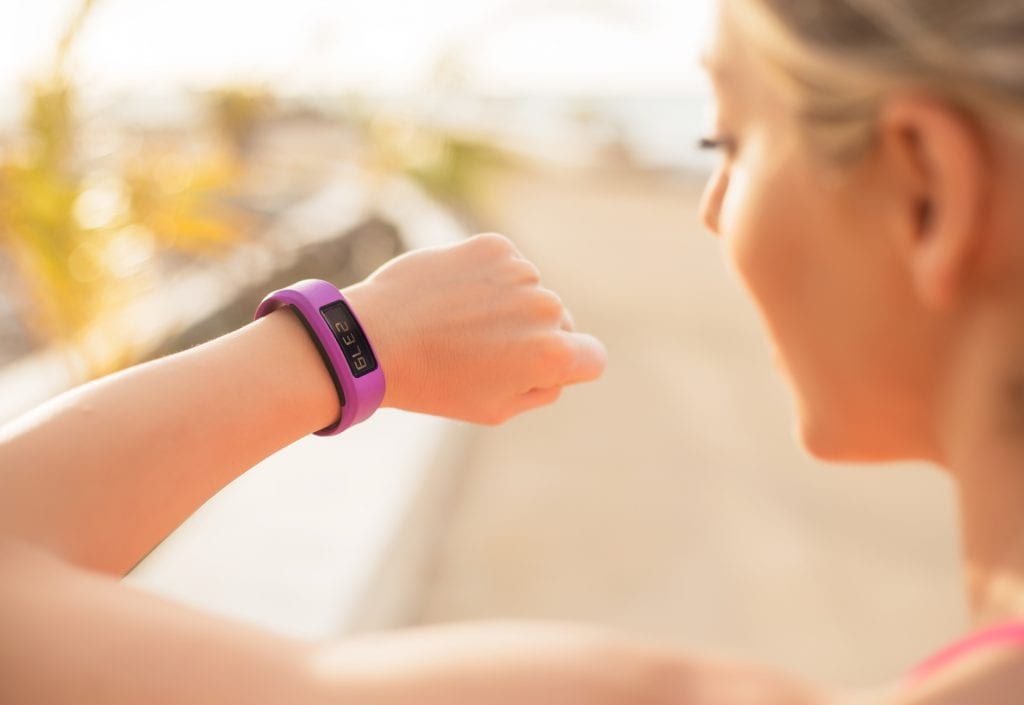Visa has been a sponsor of the Olympic Games for the last 30 years. Over that time, we have helped pioneer the way people pay across a rapidly evolving technology landscape. When we started as a company in the ‘50s, plastic was emerging as the new gold standard—the card was the first conduit through which consumers could deliver electronic payment. Today, we have countless channels through which we can transfer value in near real-time, making Visa’s mission to ensure that any device, appliance or wearable can become a viable and secure place for commerce both easier and more difficult at the same time. The “pipes” exist, but the kinds of devices change so rapidly, how do we make it all work together as simply, seamlessly and securely as the card does globally today?
At the Rio 2016 Olympic Games, we set out to test a trio of new payment wearables—the Pulseira Bradesco payment band, the Swatch Bellamy pay-by-wrist watch and the Visa payment ring—by putting them in the hands of many of our Team Visa athletes, guests and clients. They, in turn, took those wearables for a test drive while shopping in Rio, where shoppers must face challenges like cross-border acceptance and point of sale (POS) compatibility. Without fostering collaboration and ideation with our clients and partners, products like these would never exist. Our global innovation centers—in San Francisco, Dubai, Singapore and Miami—help us bring our collective teams together to develop a point of view on where we see the future of payments and it’s through that lens that we want to deliver the next generation of payment products.
For the Pulseira Bradesco payment band, we partnered with Bradesco Bank in Brazil to unveil the athletic payment band exclusively to the Olympic Games host country. The sweat- and water-resistant band was accepted by more than one million electronic NFC-enabled readers in Brazil. The Swatch Bellamy NFC-enabled watch was another example of our ongoing commitment to collaboration and co-innovation. Visa and Swatch worked together to create the Swatch Bellamy watch, which was sold at both of the Olympic Megastore locations and linked to a Visa prepaid card. Fans could purchase the Swatch Bellamy “pay-by-the-wrist” watch at the Olympic Games.
Visa’s first payment ring showed how we can store smart payment technology behind any device to deliver convenience, ease and security. This NFC-enabled ring, currently in prototype, enabled our Team Visa athletes and our clients to pay at any NFC-enabled terminal with one swift and easy tap of a finger (here’s a demo). An advanced prototype of the ring will add an extra layer of security with Visa Token Service, which replaces any sensitive account details from a transaction, making this wearable the first tokenized payment ring. No battery needed, no recharging necessary. Simple.
Visa is establishing the world’s gold standard for what the future of digital transactions will look like: fast, convenient, secure and through any form. We will continue to partner across the payments ecosystem and seek out those key opportunities to test out game-changing products. In 2016, the Olympic Games provided the global stage we needed to showcase how we’re changing everything we know about payments—furthering our goal to make every transaction as safe and reliable as ever. No matter what you present at point-of-sale, whether in person or behind some digital device, Visa’s mission, as it has been for the last 50 years, is to be accepted everywhere payments are. Ring included.
